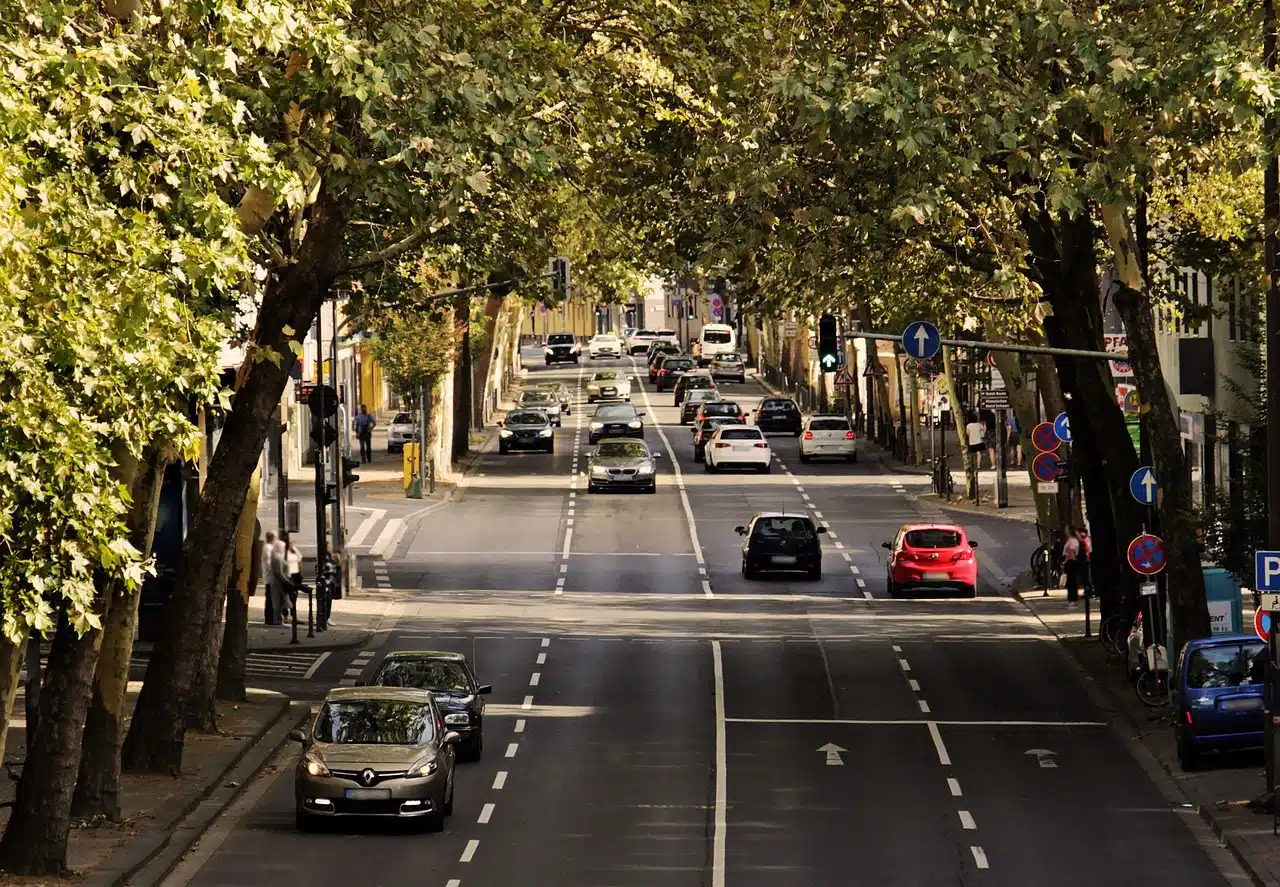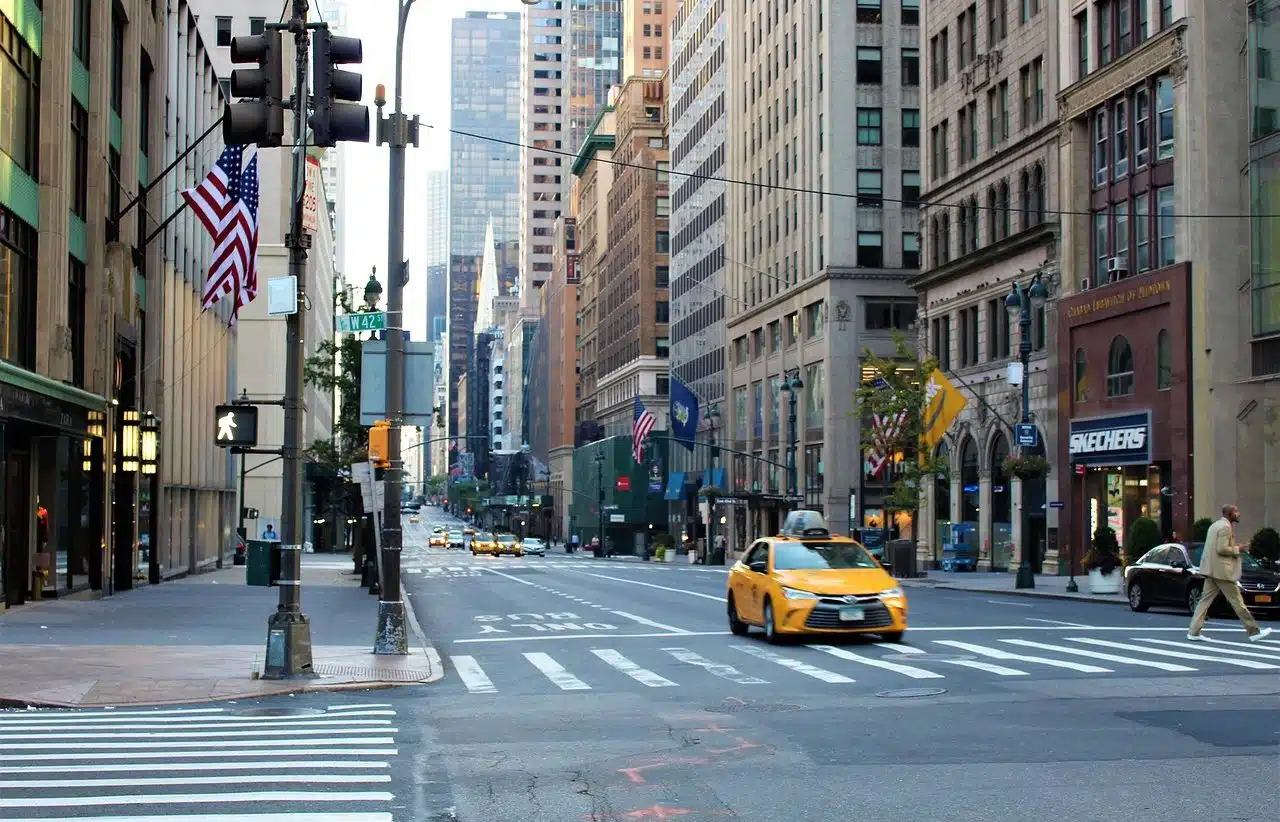
An avenue is a wide path with two directions of circulation.
A flood is a considerable and sometimes sudden increase in a watercourse . This first meaning of the term mentioned in the dictionary of the Royal Spanish Academy ( RAE ) belongs to the field of hydrology .
In this framework, a flood can be a flood of a stream or a river . The level of the watercourse rises, exceeding its usual flow. When the increase in flow is significant, it can overflow the bed and cause flooding .
Floods can be periodic and predictable and last for long periods. In this case they are due to the climatic changes that occur throughout a hydrographic basin. Other floods are exceptional, motivated by the intensity of the rainfall .
The avenue as a path
Beyond the field of hydrology , the idea of avenue is used to name a path or a road that is very wide and that has a certain importance for the circulation of vehicles.
It is common for avenues to have two-way circulation (that is, they have one direction and the other), unlike ordinary streets. That is why they allow greater circulation of means of transportation . In addition, they tend to be longer than lower-ranking streets, linking different points in the same town.
Due to the large number of people who circulate daily along the avenues, many of them are constituted as shopping centers of great importance. The Avenue des Champs-Elysées in Paris in France and Fifth Avenue in New York in the United States are two examples of avenues.

Fifth Avenue in New York is one of the most famous in the world.
Main features
Avenues also tend to concentrate many of the bus stations and other means of public transport, such as trams and subways, since they are easier to locate than narrow streets. In fact, when looking at a map the avenues stand out above the latter because of their greater thickness and, generally, extension, something that increases their usefulness when visiting new parts of the city for both local and foreign people. .
During the different festive seasons throughout the year, the main avenues are usually decorated with all kinds of ornaments and host public events such as parades and recitals. Depending on the country, this can occur at Christmas , New Year's , Epiphany and regional fairs, and leads to a pronounced growth in tourism, since activities on public roads generate a particularly joyful atmosphere. As expected, the increase in traffic also represents good news for shops and street traders.
Outside of the benefits that the presence of avenues in a city can bring from a commercial point of view or communication between different urban areas, we cannot fail to mention that they often become sources of numerous car accidents. If we add the large number of cars that circulate on these roads to the volume of pedestrians who cross them, it is not difficult to understand the reason for the risk they represent, even when they are controlled by the road authorities.
Book "Avenue of Mysteries"
In 2016 , John Irving published a novel titled "Avenue of Mysteries" , which tells the story of a writer born in Mexico who lived part of his childhood in a garbage dump.
Irving is a writer born in the United States in 1942 , whose works have been translated into several languages, including Spanish, something that has allowed him to achieve international fame. His first book to transcend borders was "The World According to Garp" , released in 1976 and brought to the big screen six years later under the direction of George Roy Hill .
